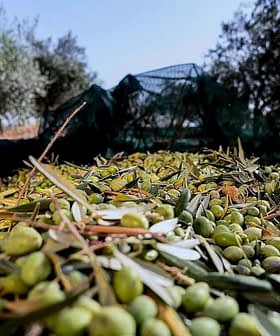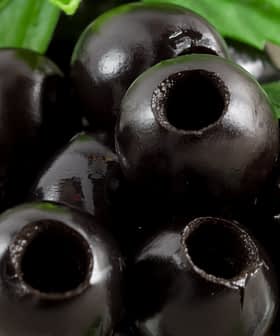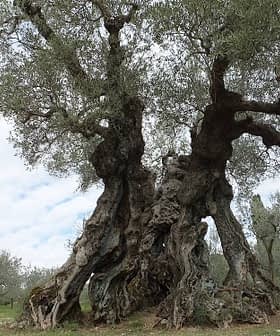The low price of Spanish olive oil has resulted in rival producer Italy buying a lot more of it lately. During the first five months of 2010, Spanish exports to its trans-alpine rival have jumped some 19% in value and 16% in volume, reaching some 160,000 tons according to figures from the Italian National Institute of Statistics (ISTAT)- an organization whose network of regional offices is responsible for compiling national information which is then published from its headquarters in Rome.
Italy imported 240,000 tons of Spanish olive oil through May of this year, totaling 474 million euros. This is a significant increase from the 400 million euro import expenditure in 2009 and one that can be attributed to Spain’s incomparably cheap product in the midst of a worldwide pricing crisis. Of the total olive oil imported by Italy, two-thirds are from Spain.
ISTAT predicts Italian imports of Spanish olive oil will grow some 41.5% in volume and 50% in value.
Other exporting countries like Greece and Tunisia are not doing as well with their exports to Italy. In the first 5 months of 2010, Greek olive oil exports to Italy have fallen some 18% while Tunisian sales have dropped by 30%.
But Turkey is the biggest loser in the Italian olive oil market, struggling with a staggering 70% reduction in business volume. France and Portugal also have lost ground in sales to Italy, while up and coming producer Australia has managed a gain.
Of the specific grades, Italian imports of virgin and extra virgin olive oil have jumped 23% in volume, but it is the importation of olive pomace oil, oil extracted via the use of chemical solvents from the olive pomace or leftovers, which have risen most significantly. Olive pomace oil imports by Italy have jumped 54% compared to the first few months of 2009.
This increase in imports of lower quality oil to Italy speaks to larger market trends which show that price, rather than quality appears to be the most significant factor dominating the sale of olive oil at present. As prices have reached all-time lows and more people have been afforded access to olive oil of all grades, the cheapest product seems to be the one winning out.
Spain, the world’s largest producer, still boasts the most affordable olive oils, but this has come at a price as the world pricing crisis has given rise to a number of fraud cases including the adulteration of olive oils and various mislabeling schemes while Spanish olive farmers still struggle to make a living. According to a yearly review by the Foundation of Rural Studies, 24% of Spanish farmers growing olives for olive oil production saw their incomes fall during 2009.








